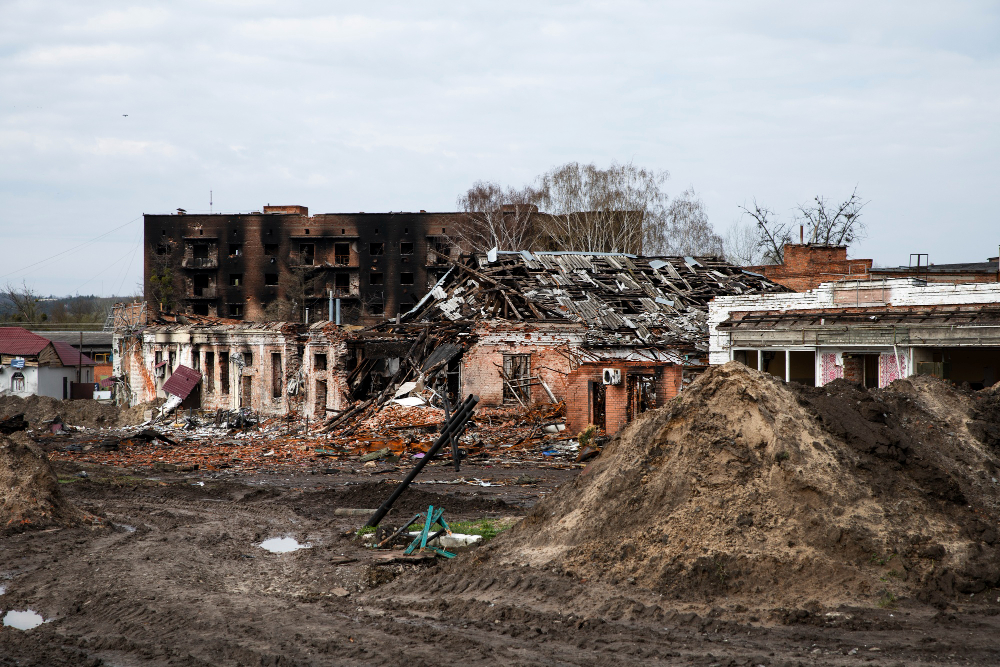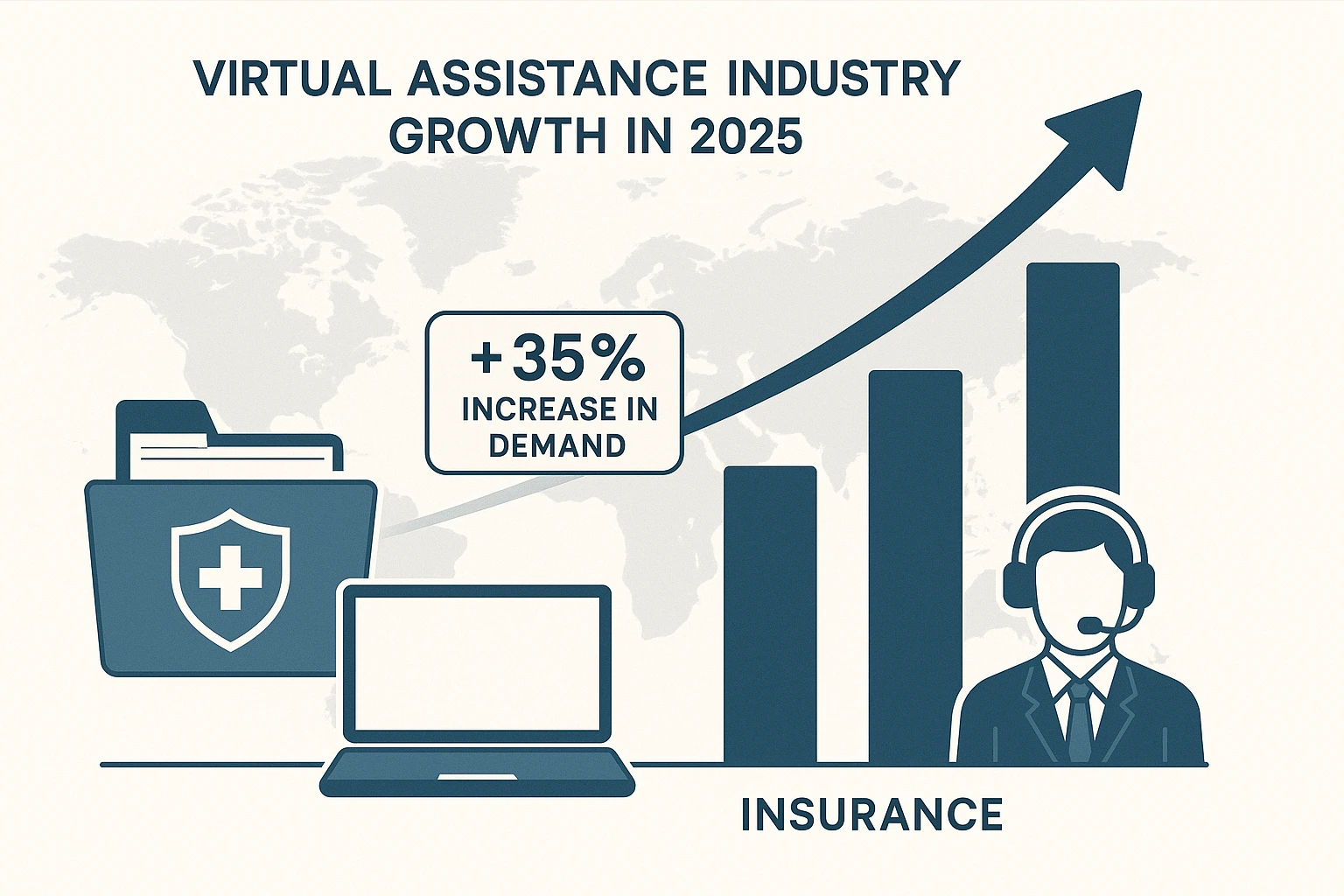Blog Details
Navigating Policy Options: How to Choose the Right Homeowners Insurance for Hurricane-Prone Areas
Choosing the right homeowners insurance in hurricane-prone areas is more important than ever in 2025. With intensifying storms and rising insurance premiums, residents in coastal regions like Florida, Texas, Louisiana, the Carolinas, and Georgia must carefully select policies that provide adequate protection. This guide will help you understand your options and pick the best hurricane insurance coverage 2025 for your home.

Why You Need Specialized Hurricane Insurance
Standard homeowners insurance often covers basic wind damage but excludes or limits coverage in high-risk hurricane states. This leaves gaps, especially for flooding and storm surge damage. To protect your home fully, you usually need a combination of:
-
Windstorm insurance for homeowners to cover hurricane-force wind damage.
-
Separate hurricane and flood insurance, since flooding is usually excluded from standard policies.
What Hurricane Insurance Covers
-
Wind damage: Included in most policies for coastal homes, but with a hurricane deductible, homeowners insurance that can be 1-10% of your home’s insured value.
-
Flood damage: Not covered by homeowners' policies and requires a separate flood insurance policy, typically through the National Flood Insurance Program (NFIP) or private insurers.
Understanding the difference between flood insurance vs hurricane insurance is vital because storm surge and floodwaters require specific protections.
Tips for Choosing the Right Policy
-
Compare Coverage and Costs:
Use compare hurricane insurance quotes 2025 to review policies from companies like State Farm, Allstate, Chubb, and Amica. Check that policy limits and hurricane coverage match the true replacement cost of your home, not just market value.
-
Know Your Deductibles:
Unlike standard deductibles, hurricane deductibles are usually a percentage of your insured dwelling limit, meaning out-of-pocket costs can be high after a claim.
-
Understand Exclusions and Add-Ons:
Many policies exclude damages related to storm surge, sewer backups, and mold. Look for must-have policy features for hurricanes, such as coverage for additional living expenses if you can’t stay in your home, debris removal, and ordinance or law upgrades.
-
Consider New Insurance Trends
Parametric hurricane insurance 2025 offers quicker payouts based on wind speed or storm characteristics, speeding up recovery. This option is growing as many insurance companies are leaving hurricane zones or tightening restrictions.

-
Shop Early:
Purchase or renew your policy well before hurricane season (June–November). Insurers often stop new business when storms are imminent.
Regional Overview
-
Florida: Continues to struggle with gaps; homeowners need separate flood and wind policies.
-
Texas: Wind damage is typically included; flood is still separate, with average flood insurance premiums around $779/year.
-
Louisiana: Multiple deductibles apply, requiring careful review; storm surge requires separate flood coverage.
-
Carolinas & Georgia: Require both windstorm and flood insurance, with premiums rising due to climate risks.
Hurricane Season Checklist
-
Review and update your coverage annually.
-
Ensure your home’s replacement cost is accurate.
-
Buy flood insurance early due to 30-day waiting periods.
-
Take inventory for claims.
-
Ask about discounts for mitigation, like hurricane shutters or roof reinforcements.
FAQs
Does homeowners' insurance cover hurricane damage?
Mostly wind damage; flood requires separate insurance.
How to file a hurricane insurance claim?
Document damage promptly and work closely with your insurer. Parametric policies can simplify payouts.
Conclusion
Navigating homeowners' insurance for hurricane-prone areas in 2025 is complex but essential. The ideal strategy combines homeowners, windstorm, and flood insurance, understanding deductibles and exclusions. Stay informed on hurricane insurance trends in 2025 and shop early with reputable providers to safeguard your home and finances against the growing risks of severe storms.










